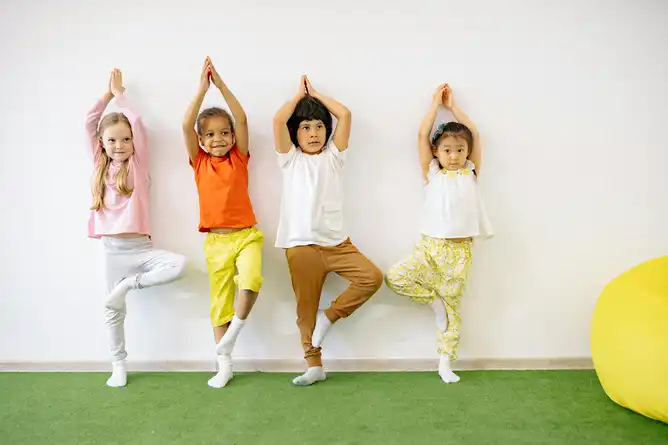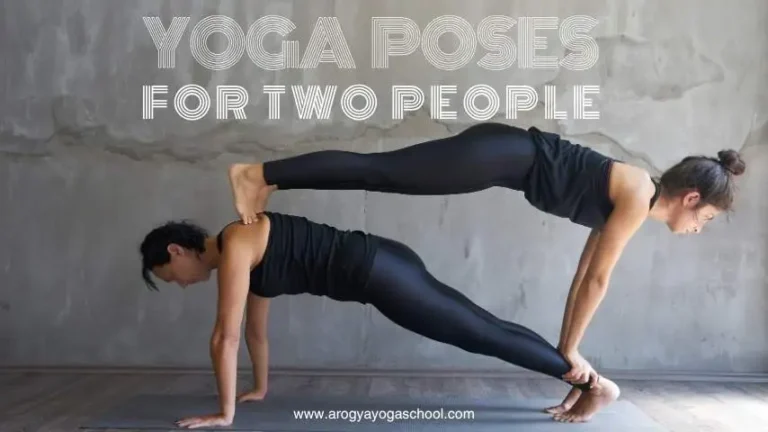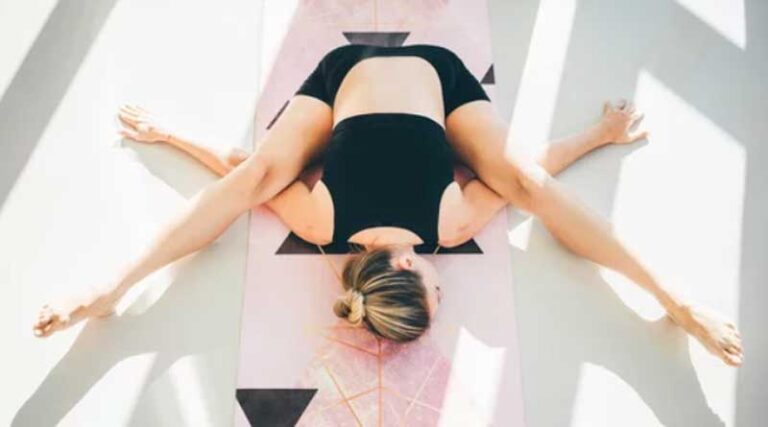
Students today move fast. Between lectures, deadlines, part-time jobs, and the endless scroll of social feeds, it’s easy to feel stretched thin. A short yoga practice, even if it takes five minutes, can act like a reset button:
Loosening a tight neck, slowing racing thoughts, and giving you a way back into your work.
You don’t need a studio or an hour-long class to benefit. A quick set of poses, paired with simple breath work, often helps more than caffeine. I’ll say this plainly: When assignments, reading a brief review of the best custom essay writing service in search of professional assistants, and other study-related things feel like a distraction, breath and movement will restore focus and calm fast. Try it before you start a study block, and you’ll notice the difference in how you think and how long you can stay present.
Below, you’ll find practical, no-fuss tools: short routines you can use between chapters, before exams, or whenever stress builds. Think micro-practices, not long rituals. Use them in a dorm, a library corner, or on the floor of your room.
Yoga for stress relief: quick routines for busy students
Stress shows up as a tight jaw, restless thoughts, and a hunched back over your laptop. Yoga for stress relief works by combining gentle movement with breath to downshift the nervous system.
Here are three short, situational routines you can pick from depending on time and space.
5-minute dorm-room reset:
- Seated Cat–Cow: 1 minute (slow, syncing breath and movement).
- Standing Forward Fold against a chair: 1 minute (release shoulders).
- Savasana or seated belly-breathing: 3 minutes.
10-minute library corner calm:
- Neck rolls + shoulder rolls: 2 minutes.
- Legs-up-the-wall (or lie back on the floor) for circulation: 4 minutes.
- Box breathing, four cycles: 4 minutes.
20-minute pre-study kit:
- 5 rounds Sun Salutation A (gentle, moving breath).
- 5 minutes of seated pranayama.
- 5 minutes restorative pose (Child’s Pose / Legs-Up).
Yoga poses for stress relief:
Below are five easy poses that work in small spaces, with one-line cues.
- Child’s Pose (Balasana) — fold forward, soften shoulders; stay 1–3 minutes.
- Standing Forward Fold (Uttanasana) — bend from the hips and let the neck hang; 30–60 seconds.
- Cat–Cow (Marjaryasana/Bitilasana) — gentle spinal articulation; 8–12 breaths.
- Legs-Up-The-Wall (Viparita Karani) — feet up, back on the floor or mattress edge; 3–10 minutes.
- Savasana with gentle belly breathing — complete body rest; 2–5 minutes.
Modifications:
No mat? Use a towel. Tight hamstrings? Bend the knees in forward folds. Chair practice works perfectly for Cat–Cow and forward bends.
Yoga for students: routines that fit study schedules and exam weeks
Yoga for students isn’t about perfect poses; it’s about strategies that protect sleep, concentration, and posture. Aim for short daily practices (5–15 minutes) and one more extended session (20–30 minutes) a few times a week. That consistency beats sporadic hours.
If your priority is better sleep, prioritize evening restorative practices and the 4-7-8 breathing method.
If it’s posture and endurance for long study sessions, do short spinal mobility and hip-openers between Pomodoros.
If anxiety is the problem, add focused breath work and grounding poses.
Yoga breathing exercises:
Breath is the fastest route from panic to presence. Here are three breath techniques that are easy to do at a desk.
- Box Breathing — inhale 4 / hold 4 / exhale 4 / hold 4. Repeat four cycles. Great for pre-test calm.
- Alternate Nostril (Nadi Shodhana) — balances left/right nervous activation; 5–8 cycles. Do this sitting upright.
- 4-7-8 breathing — inhale 4 / hold 7 / exhale 8. Excellent for sleep or immediate anxiety relief.
Use these as study timers: one round between every Pomodoro (25-minute focus block) or a short breath routine before starting a timed exam review. These practices help with yoga for anxiety relief and support yoga for mental clarity when you need it most.
Practical tip: Log your practice for a week. Note whether 2 minutes of breath before study helps you remember more the next day. Small experiments teach quickly.
Yoga for concentration: practices to sharpen focus and memory
Moving and breathing together increases blood flow and primes the prefrontal cortex (the brain area that helps you stay on task). That’s why yoga for concentration can be part of a study routine rather than a separate “exercise” you need more time for.
Try this 6-minute alertness sequence on a day you need peak focus:
- 1 minute of dynamic Cat–Cow to wake the spine.
- 2 minutes of Sun-salutation–lite or energetic standing stretches.
- 1 minute Tadasana with slow, mindful inhalations and exhalations.
- 2 minutes of seated breath (box or alternate nostril).
Yoga for exam stress:
Before an exam, intensity is the enemy; calm is the ally. Here’s a safe, 10-minute pre-exam routine:
- Box breathing, 3–4 cycles (2–3 minutes).
- Gentle standing sequence (Sun-salutation A variation) — 3 minutes, keep it light.
- Grounding Tadasana with a slow scan of the body — 2 minutes.
- Short seated Savasana or focused breath for 2 minutes.
Arrive 10–15 minutes early, do this routine in a quiet corner, and avoid anything that raises your heart rate too much — you want clarity, not fatigue. These steps support yoga for focus and productivity without throwing off your energy.
Bringing yoga into student life (practical checklist)
- Set a micro-goal: five minutes before each study session for one week.
- Pair breath with breaks: breathe for 2 minutes after each Pomodoro.
- Keep a “study-yoga” corner: towel, small cushion, noise-cancelling earbuds.
- Use guided audio for anxious moments — even a simple 3-minute guide helps.
If you ever need to write about your experience, an essay on yoga from a student’s perspective is a rich topic: Describe the routine you used, the before-and-after differences, and practical tips for peers. And if you have no time for writing assignments, a custom essay service can help. But balance is key: Use help for structure, not as a substitute for your learning.
Final note
Yoga for students is practical: short practices to ease anxiety, simple breath work for mental clarity, and slight movement breaks that build focus and productivity over time. It’s not a miracle cure, but consistent micro-habits compound fast.
Start with one micro-sequence this week (the 7-minute dorm-room reset is perfect). Track how you sleep, how long you study without distraction, and whether your mind feels clearer.
A little daily yoga goes a long way from stress to success.





